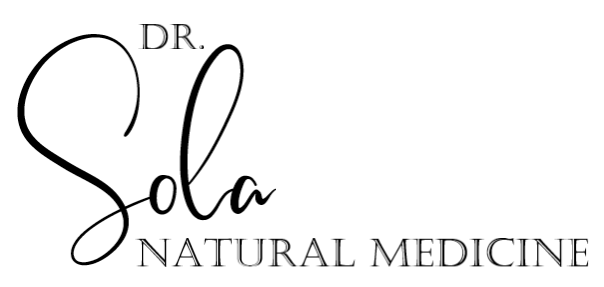
Aloe vera (latex/sap/juice)
Other Botanical Names: Aloe barbadensis
Common Name: Aloe
Family: Aloaceae
Parts used: Latex/sap/juice (the sticky, yellow juice from beneath the outer skin of the leaf). It is completely different from the gel.
Constituents: Laxative-inducing anthraquinone glycosides (barbaloin)
Taste/smell: The whole leaf is bitter due to its yellow latex
Tendencies: Cooling, drying, stimulating
Actions
Purgative laxative in large doses
Cathartic laxative in moderate doses
Stomachic aperient in small doses
Emmenagogue in large doses
Cholagogue/Choleretic
Abortifacient
Uses
Laxative/Aperient:
Atonic, non-spastic constipation
Achlorhydria/hypochlorhydria
Improve protein digestion and assimilation
Reduce bacterial putrefaction
Emmenagogue:
Amenorrhea
Cholagogue/Choleretic:
Biliary insufficiency due to low bile production only, not obstruction
Biliary dyskinesia
Abortifacient:
Abortion
Contraindications
Pregnancy due to emmenagogue, uterine stimulant (leading to miscarriage), abortifacient, and/or teratogenic effects
Lactation due to its purging effect on the suckling child and passage into milk of potentially genotoxic aloe-emodin
Use for > 10 days consecutively due to loss of peristalsis from intestinal smooth muscle and mesenteric plexi nerve damage. Plus prolonged use frequently exacerbates atonicity in the colon and can lead to dependence on the laxatives for a bowel movement to occur.
Recurrent use or abuse (especially in patients with bulimia) can lead to electrolyte imbalances like hypokalemia (low potassium in the blood), dehydration, and muscle and kidney destruction with hematuria (blood in urine) and albuminuria (albumin in the urine)
Do not consume with chronic anthranoid laxative abuse of > 9-12 months since this results in 3x the risk of developing colon cancer
Avoid using when there is profuse menstruation or bleeding between periods due to an increase in blood flow to the uterus
Bulimia
Intestinal obstruction due to stimulation of peristalsis
Spastic constipation
Acute intestinal inflammation
Abdominal pain of unknown origin due to intestinal stimulation
Appendicitis due to intestinal stimulation that increases the risk of rupturing an inflamed appendix
Ulcerative colitis (UC)
Crohn’s disease
Colitis
Irritable bowel syndromes (IBS) such as diarrhea or chronic constipation due to its irritant anthraquinone content
Inflamed hemorrhoids due to possible induction of stenosis, thrombosis, and prolapse
Kidney disorders since large doses can cause nephritis
Children under age 12 due to depletion of water and electrolytes
Dehydration due to depletion of water and electrolytes
Allergic hypersensitivity to aloe
Adverse Effects
Acute intestinal cramping and pain (aka colic) often occur which can be offset by combination with carminatives
Harmless reddish discoloration of urine and feces may occur
Pseudomelanosis coli (reversible deposition of active anthraquinone glycosides in the colon wall) occurs frequently
Toxicity
In large doses, aloe is an efficient purgative
Acts as an intestinal irritant
Interactions
Laxatives may reduce the absorption of oral drugs due to a decrease in bowel transit time
Should not be combined with drugs that cause hypokalemia (low potassium in the blood), such as cardiac glycosides, thiazide diuretics, antiarrhythmic, and corticosteroids
Should not be combined with herbs that cause hypokalemia (low potassium in the blood), such as Adonis, Apocynum, Convallaria, Urginea, Helleborus, Strophanthus, Digitalis, and Glycyrrhiza
References:
Brinker, Francis J. Herbal Contraindications and Drug Interactions plus: Herbal Adjuncts with Medicines. Eclectic Medical Publications, 2010.
Kaufmann, Taylor. NPLEX II Study Guide. Wild Brilliance Press, 2019.
Lun, Vincent, et al. Core Knowledge for NPLEX 2. 1st ed., Marano Publishing Incorporated, 2014.
Marciano, Marisa, and Nikita A. Vizniak. Evidence Informed Botanical Medicine. Professional Health Systems Inc., 2015.
Sherman, John. The Complete Botanical Prescriber. Four Seasons Pub.
Skenderi, Gazmend. Herbal Vade Mecum: 800 Herbs, Spices, Essential Oils, Lipids, Etc., Constituents, Properties, Uses, and Caution. Herbacy Press, 2004.
Tilgner, Sharol. Herbal Medicine: From the Heart of the Earth. Wise Acres, 2020.








